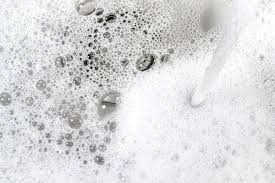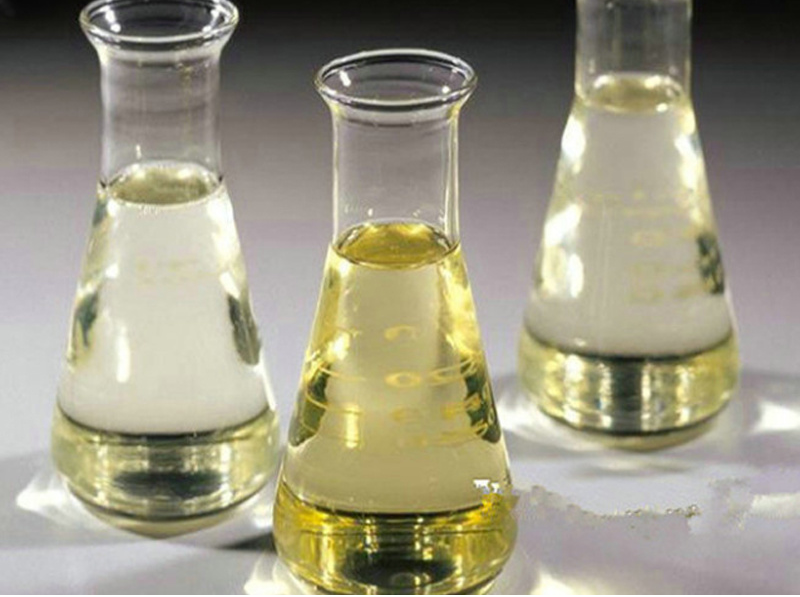Specialized surfactants are important in modern commercial cleansing, supplying unmatched performance in removing stubborn contaminants, improving solubility, and optimizing cleaning performance. From heavy-duty machinery maintenance to pharmaceutical equipment sanitation, these customized compounds revolutionize how sectors tackle gunk, oils, and biofilms. As the global need for sustainable and high-performance cleansing services grows, the duty of specialized surfactants becomes progressively essential. This write-up discovers their durable residential or commercial properties, benefits, limitations, and real-world applications, addressing the crucial inquiry: Just how effective are specialized surfactants at detergency in commercial cleansing?
1. What are Specialized Surfactants?
Specialized surfactants are highly crafted surface-active representatives developed to address specific cleaning difficulties with precision. Unlike asset surfactants made use of in general-purpose cleaning agents, specialized surfactants are created to satisfy demanding performance criteria, such as severe pH tolerance, low foaming behavior, or compatibility with delicate products. They work by minimizing surface area stress between liquids and solids, making it possible for the dispersion of dirt, oils, and particulate matter.
The term “specialized” reflects their personalized molecular frameworks, which can consist of anionic, cationic, nonionic, or amphoteric chemistries. As an example, alkyl polyglucosides (APGs) are biodegradable, plant-based surfactants optimal for eco-conscious applications, while silicone-based surfactants master defoaming and wetting in high-temperature environments. These tailored residential properties make them the foundation of innovative commercial cleansing systems.
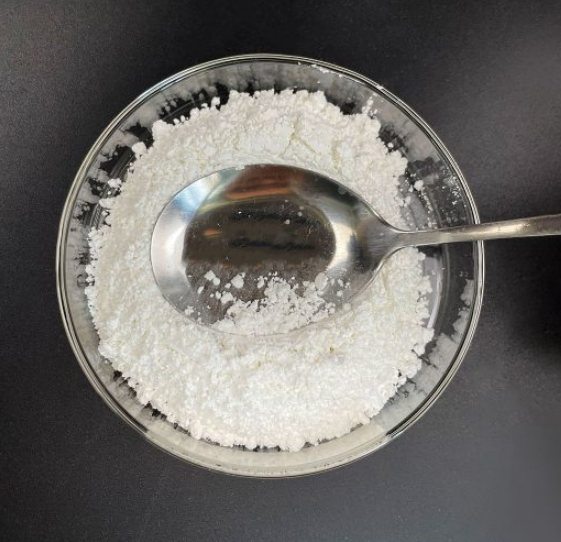
2. Core characteristics of Specialty Surfactants
2.1 What are the physical and chemical properties of Specialty Surfactants?
The physical and chemical attributes of specialty surfactants are uncompromising, guaranteeing they prosper in popular conditions. Trick features include:
High Solubility: Several specialty surfactants are developed to dissolve in both water and organic solvents, enabling a versatile solution for liquid or solvent-based cleansing systems.
Thermal Security: Compounds like sulfonated fats maintain security at temperatures exceeding 150 ° C, making them suitable for heavy steam cleansing or high-heat commercial processes.
pH Convenience: While standard surfactants degrade under acidic or alkaline conditions, specialty versions like amine oxides stay efficient throughout a pH range of 3-12.
Low Foaming: In applications such as ultrafiltration membrane layers or closed-loop systems, defoaming surfactants lessen foam buildup without endangering cleansing power.
Biodegradability: Eco-friendly options like ester-based surfactants break down swiftly in the atmosphere, aligning with global sustainability objectives.
These buildings are engineered to fulfill the special demands of industrial cleaning, where integrity and flexibility are extremely important.
2.2 What are the functional characteristics of Specialty Surfactants?
Functionally, specialty surfactants provide exceptional detergency through mechanisms such as:
Emulsification: Breaking down oil-based pollutants right into micelles for simple removal, also in tough water problems.
Wetting: Reducing call angles to make sure cleaning up agents spread uniformly throughout surfaces, making the most of contact with soil.
Antiredeposition: Protecting against cleansed fragments from resettling on surfaces, which is vital in food processing or semiconductor manufacturing.
Harmony with Enzymes: Enhancing the activity of proteases or lipases in biofilm elimination, as seen in wastewater therapy.
Deterioration Restraint: Securing metal surface areas from chemical strike throughout cleansing, extending equipment life expectancy.
For example, fluorinated surfactants are valued for their capability to clean hydrophobic surface areas like Teflon coverings, while betaines are preferred in sensitive applications like medical tool sterilization because of their non-irritating nature.
3. Advantages and disadvantages of Specialty Surfactants
3.1 What are the advantages of Specialty Surfactants?
Specialized surfactants use transformative advantages that validate their premium cost:
Targeted Efficiency: Their personalized formulations outshine generic surfactants in niche applications, such as getting rid of heavy metal residues from mining equipment.
Power Performance: By lowering the demand for high-temperature washing, they reduced power usage in industrial setups.
Compatibility: Numerous versions are secure for usage with fragile materials like aluminum, stainless steel, or composite polymers.
Regulative Compliance: Eco-friendly alternatives meet stringent policies (e.g., the EU’s REACH or EPA guidelines), ensuring market preparedness.
Cost savings: In spite of greater ahead of time costs, their effectiveness minimizes water, power, and labor expenditures gradually.
In automobile manufacturing, for example, nonionic surfactants make it possible for zero-waste cleansing systems by minimizing rinse water demands.
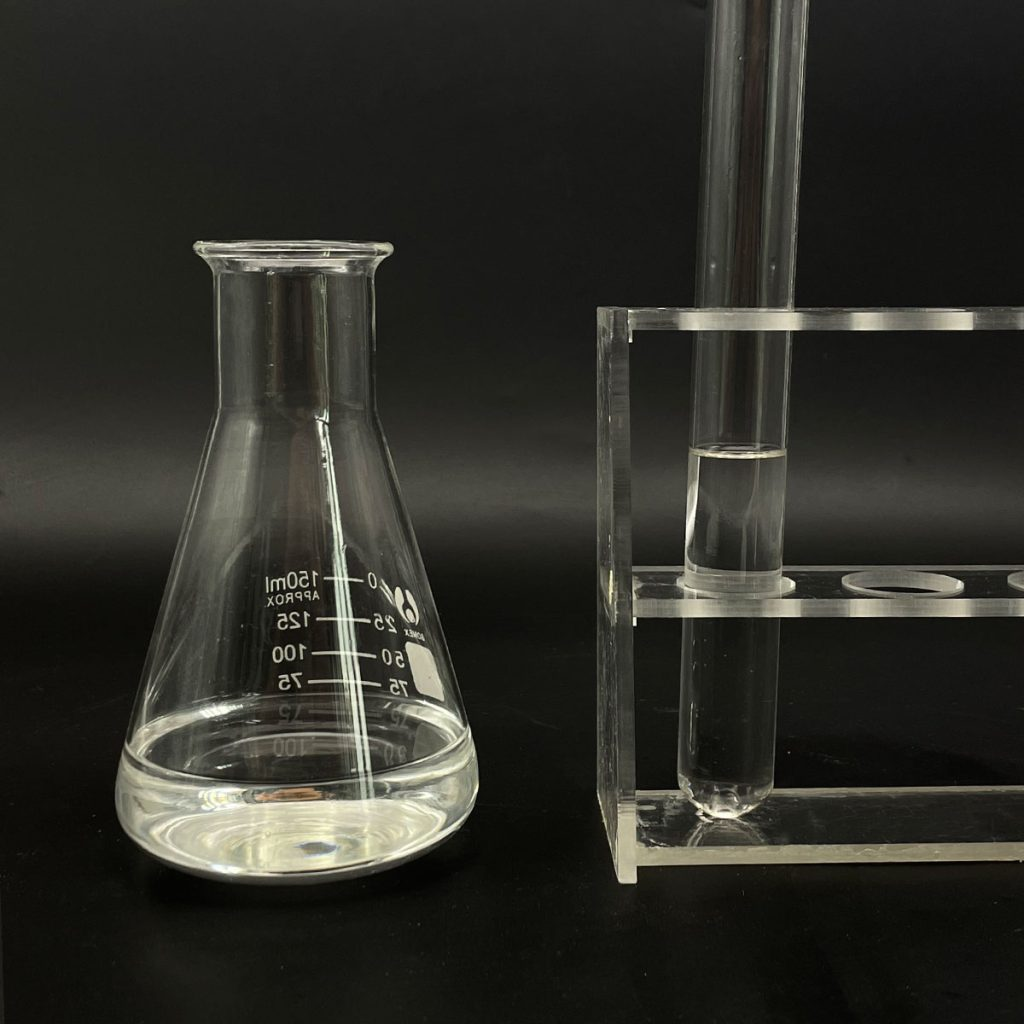
3.2 What are the drawbacks of specialized surfactants?
However, specialty surfactants are not without constraints:
High Price: Their tailored synthesis makes them significantly more expensive than asset surfactants like sodium lauryl sulfate.
Particular Niche Competence Called For: Formulating and incorporating them right into existing systems needs specialized expertise, raising implementation complexity.
Scalability Challenges: Some high-performance variations struggle to maintain effectiveness at large production volumes.
Environmental Tradeoffs: While many are eco-friendly, specific fluorinated or silicone-based surfactants continue to affect ecosystems and call for careful management.
For example, perfluoroalkyl surfactants (PFAS) deal under international scrutiny due to their ecological persistence, pushing markets to take on options like APGs.
4. What are the application areas of Specialized Surfactants?
Specialized surfactants are ubiquitous in industries where sanitation is nonnegotiable.
Aerospace: Eliminating aviation gas deposits and rust inhibitors from aircraft components utilizing alkoxylation-based surfactants.
Pharmaceuticals: Making certain residue-free cleansing of activators and pipes with nonionic surfactants that fulfill USP Course VI requirements.
Food Processing: Sterilizing stainless-steel surface areas in dairy products or meat plants with cationic surfactants that fight microbial biofilms.
Semiconductors: Achieving submicron-level cleanliness in wafer etching utilizing ultralowfoaming surfactants.
Oil & Gas: Degreasing drill pipes and offshore systems with alkyl sulfonates that resist harsh aquatic settings.
In each sector, these surfactants redefine cleansing standards, balancing efficiency with sustainability.
5. Just How Efficient Are Specialized Surfactants At Detergency In Industrial Cleaning?
The performance of specialty surfactants in industrial cleaning is exceptional, as confirmed by:
Quantifiable Outcomes: Studies reveal they minimize cleaning time by approximately 40% and water usage by 30% in auto parts washing.
Hard-to-Reach Contaminants: Their ability to penetrate crevices and displace snugly bound dirt guarantees 99.9% removal efficiency in important applications.
Compatibility with Advanced Technologies: They integrate effortlessly with ultrasonic cleansing, vapor degreasing, and electrochemical processes.
Cost-Benefit Proportion: Regardless of a greater initial financial investment, their long-term financial savings in downtime, revamp, and source consumption justify fostering.
For example, in semiconductor manufacturing, silicone-free surfactants allow defect-free wafer cleaning at 180 ° C, attaining <10 ppb particle counts. Similarly, enzyme-compatible surfactants in wastewater therapy boost figure removal rates by 25%, minimizing environmental influence.
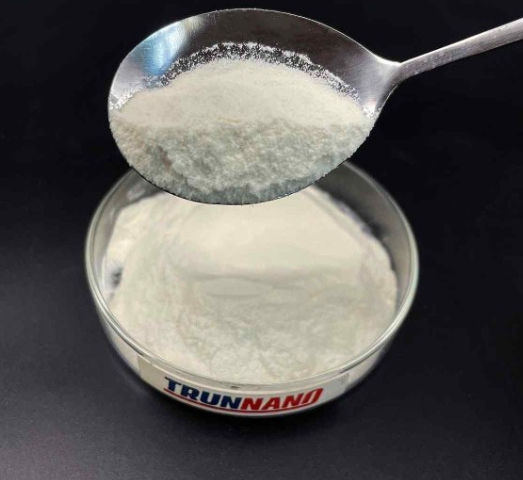
6.Final thought
Specialized surfactants are the foundation of modern industrial cleaning, supplying uncompromising detergency through accuracy design. Their ability to take on complex dirtying difficulties, adapt to extreme problems, and align with sustainability goals makes them important in sectors ranging from aerospace to drugs. While their price and technological demands may initially seem daunting, the long-term advantages– improved performance, regulative conformity, and functional durability– far exceed the hurdles.
Supplier
Surfactant is a trusted global Specialty Surfactants supplier & manufacturer with over 12 years experience in providing super high-quality surfactant and relative materials. The company export to many countries, such as USA, Canada,Europe,UAE,South Africa, etc. As a leading nanotechnology development manufacturer, surfactanthina dominates the market. Our professional work team provides perfect solutions to help improve the efficiency of various industries, create value, and easily cope with various challenges. If you are looking for Specialty Surfactants, please send an email to: nanotrun@yahoo.com
Tags: specialty surfactants,speciality surfactants,specialty surfactants market

